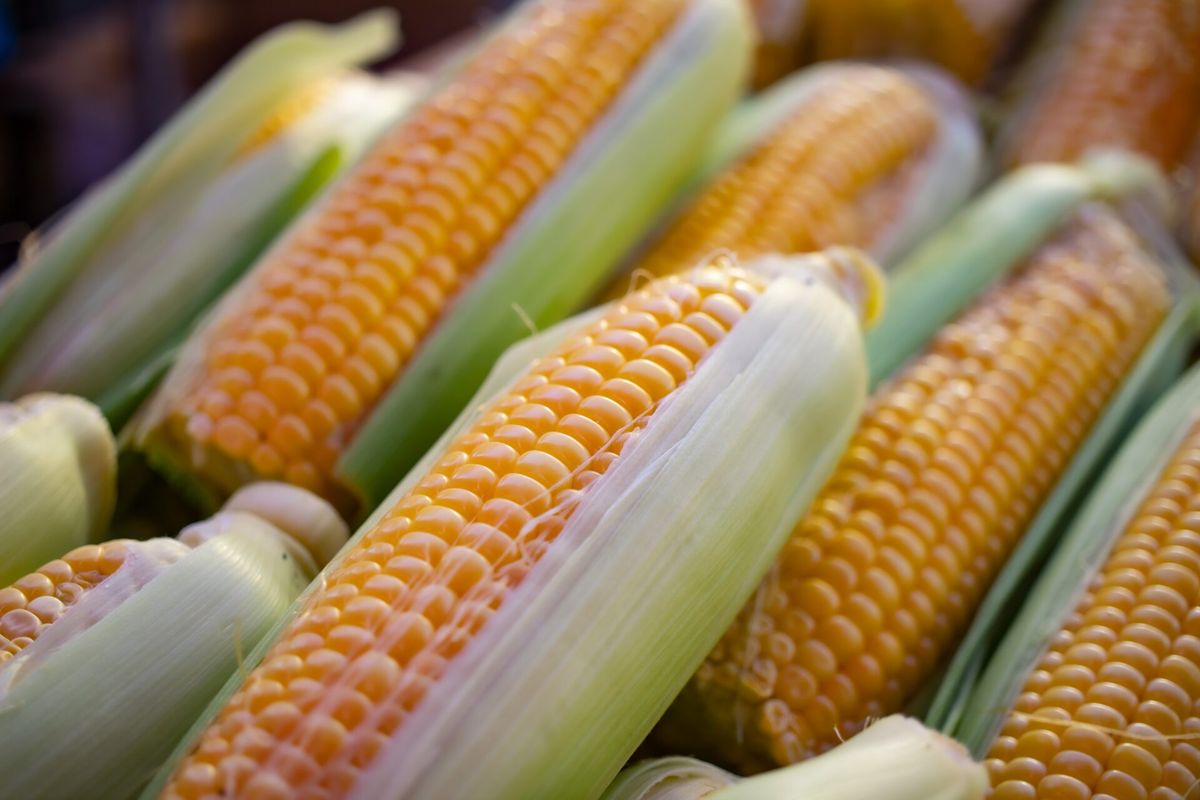International market of corn will pay more attention to wheat in the coming few weeks

The US weather forecast has changed radically in two weeks. After the outbreak of high temperatures, low temperatures came but generally with rain. Now, the heat is likely to return in the second half of August, however, with excellent rain throughout the Midwest. Corn, already in pod filling, priced in the loss of USD 4.00/bushel with the possibility of productivity numbers adjusting to the average projected by USDA and confirming excellent production in 2024, despite the reduction in area. Attention will be paid to wheat data, due to new production losses in Europe and data on the Black Sea. Perhaps wheat becomes a variable that inhibits greater pressure on international corn prices.
Not even the sharper decline in the dollar in the international environment has been enough to help the price of commodities recover. Oil prices fairly increased over the week, but neither the dollar nor oil were able to inhibit the pressure on commodity prices. Soybeans lost the level of USD 10/bushel even though they are still in the productivity definition phase, the crops are blossoming and forming pods and are still dependent on the weather until September. However, corn is already in the initial phase of maturation and pod filling. With the rain in August, this phase should go well, with greater conditions to express the potential of crops.
We should reflect that the US crop is much better than the 2023 crop in its regional conditions. In 2023, there was a severe drought in July in critical corn-growing states, such as Illinois, Iowa, and Missouri. The productivity potential was cut, but eventually the yield set a record. This year, except for the extreme heat on some days, there is no other factor to cut this potential. For this reason, the market consensus brought an expectation for productivity of 182 bushels/acre, above the record projected by USDA of 181 bushels per acre. The August report focuses on this reassessed productivity estimate, now based on a real field vision and no longer on the Department’s analyst models. USDA also announced that it will make small adjustments to the planting and harvest area in this report, which is common until the data are closed in January.
Therefore, this August report, to be released this Monday (12) by USDA, is already being priced in by the market. September and December, maturities that represent the 2024 US crop, coped with price lows at the end of the week and, for now, there is no major variable ahead to reverse this situation. Wheat, in turn, is becoming a variable to be monitored in the second half of the year. There are several situations of losses in France, Germany, besides the already known Ukraine and Russia. European consultancies have started to cut the regional wheat production to 116/117 mln tons, 6 mln tons below the previous estimate, with the main cut in France. This may be an additional piece of data for the USDA report on Monday, which could generate some price movement in wheat with repercussions for corn. We believe, however, that the estimates for US corn production and stocks still tend to be stronger for prices now.
Safras & Mercado released the first planting intention for the 24/25 Argentine crop. Now, we have an update on the supply and demand for this year and the next season. The figures reveal that, even with a significant reduction in planted area due to the presence of leafhoppers in the local corn crop environment, production could still reach 51 mln tons and allow for exports of 34 mln tons in 2025. To some extent, this is comfortable for the international market. However, Argentina faces two major risks for the 2025 crop. The first is La Niña, which has not yet occurred but is in the bias of NOAA’s climate projections. This phenomenon is always problematic for the Argentine crop. The second is that the reduction in area is concentrated in the center-north of Argentina, more precisely above northern Córdoba. However, the infestation is present in the regional environment and could reach other locations, such as the large producing province of Buenos Aires next season. Of course, if this happens, together with a La Niña climate scenario, it could turn into a disaster for the corn crop.
Read also
Wheat in Southern Brazil Impacted by Dry Weather and Frosts
Oilseed Industry. Leaders and Strategies in the Times of a Great Change
Black Sea & Danube Region: Oilseed and Vegoil Markets Within Ongoing Transfor...
Serbia. The drought will cause extremely high losses for farmers this year
2023/24 Safrinha Corn in Brazil 91% Harvested
Write to us
Our manager will contact you soon



